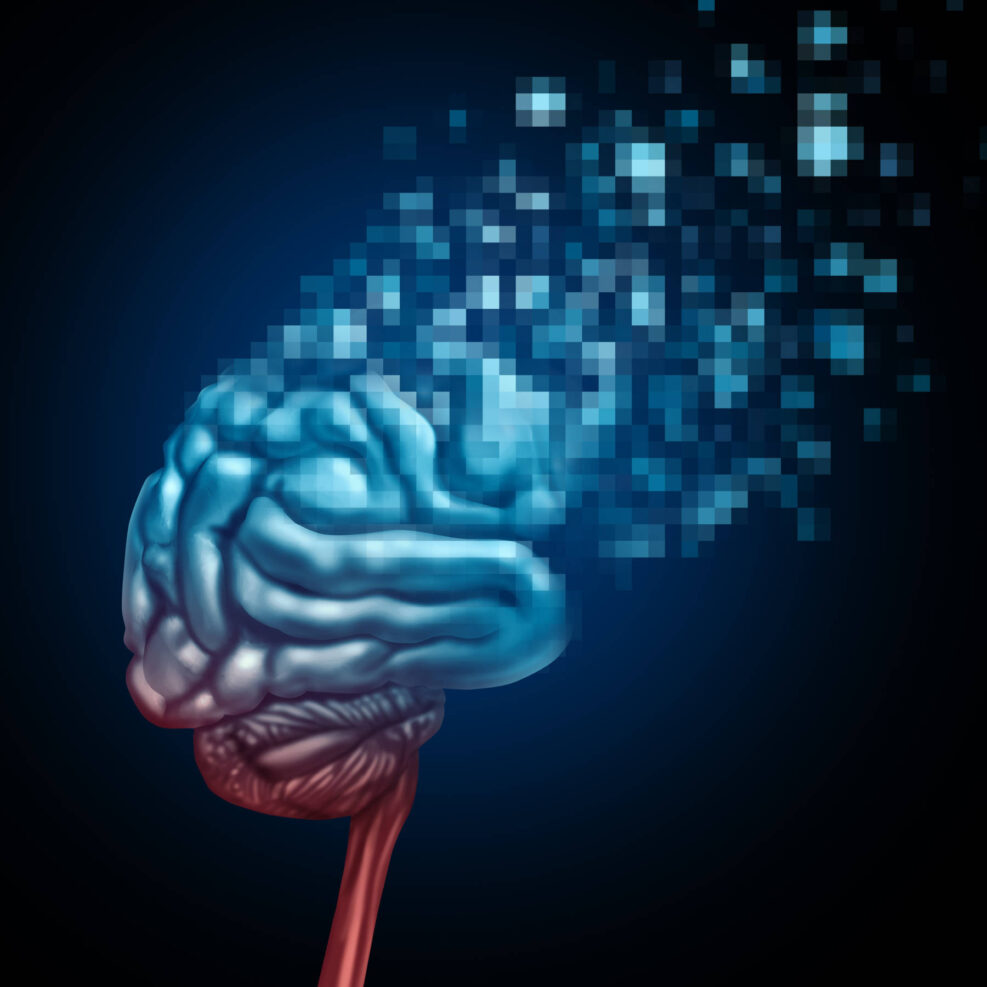
If IQ Is Inherited, Is the Intellect Simply Material?
A reader writes: I was reading your writings about mind and brain, and I was wondering about how IQ relates to all of this. Since IQ seems to have a large heritable component to it, and the only thing that can be inherited genetically is physical traits, does IQ and its heritability pose a threat to mind-body dualism? It seems to me that someone with an IQ of 75 would have a very different mental experience than someone with an IQ of 145, and that they would also make decisions very differently, which, to me at least, would pose a threat to free will as well, since wouldn’t a certain level of intelligence be required to make decisions freely in Read More ›


















